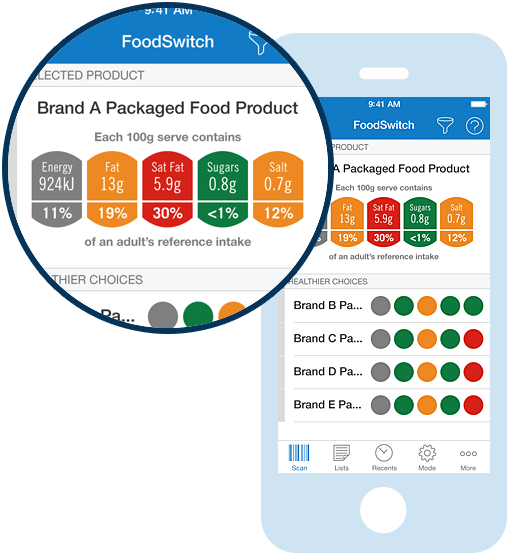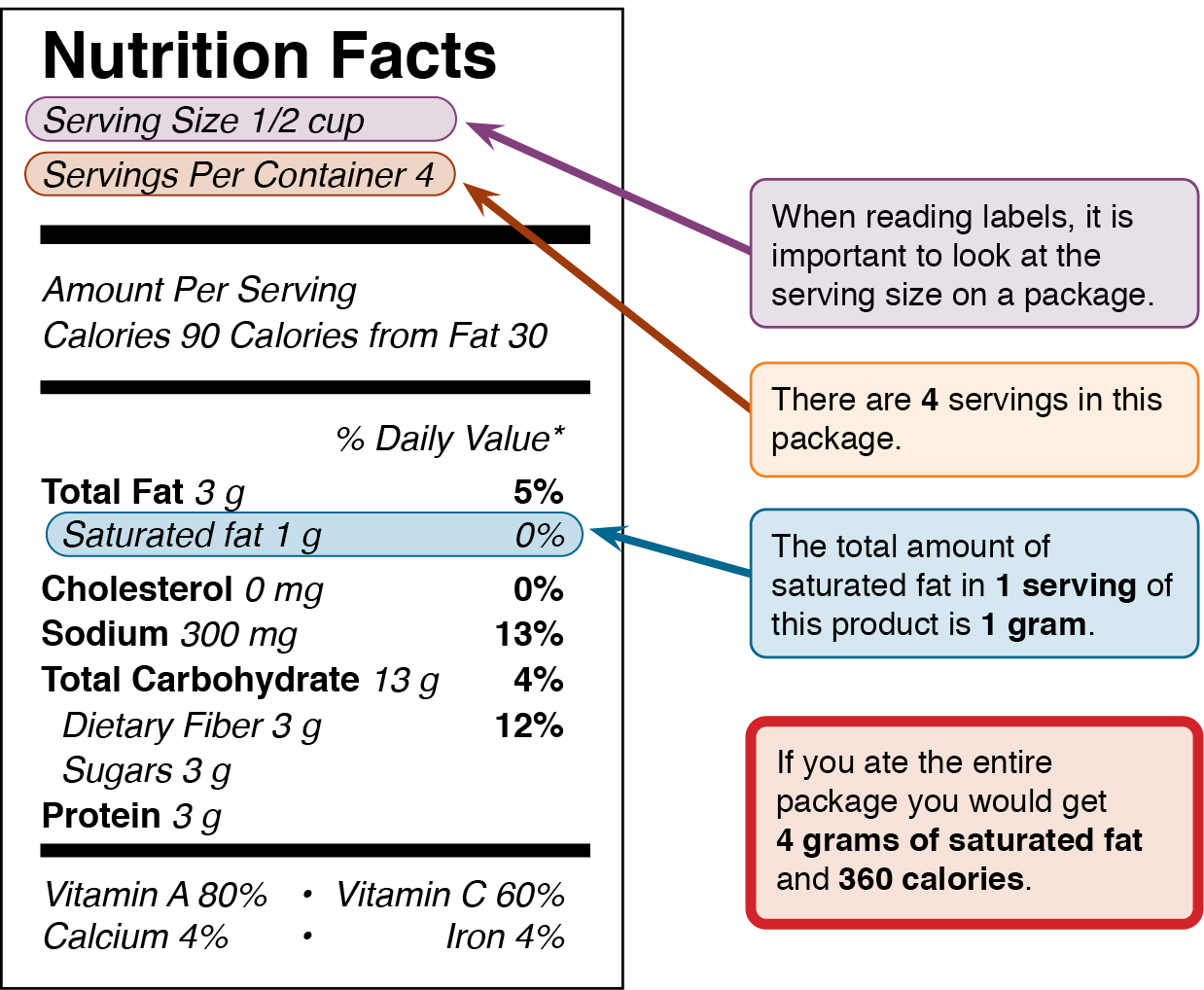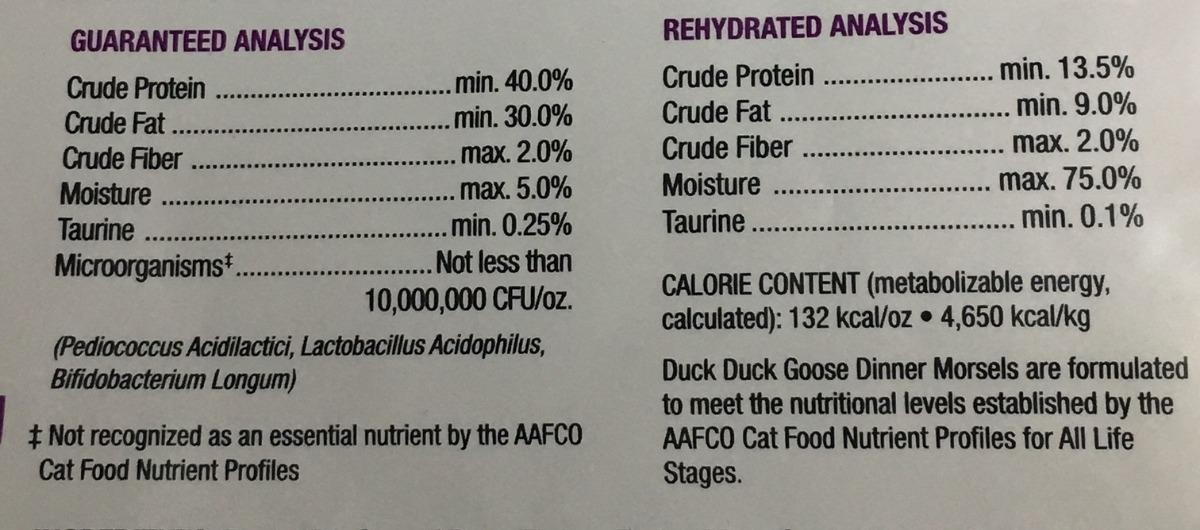44 understanding fat on nutrition labels
Understanding Food Labels in Canada - Unlock Food It must include the serving size, calories, % Daily Value and 13 core nutrients (fat, saturated fat, trans fat, cholesterol, sodium, carbohydrate, fibre, sugars, protein, vitamin A, vitamin C, calcium and iron). The format is consistent across all food products to allow for easy comparison between different items. A Complete Guide to Reading and Understanding Nutrition & Ingredient Labels An ingredient that is present in 2% (or less) by weight isn't subject to the same regulations and instead may be listed at the end or marked with a symbol. While these quantities may be small, even tiny amounts of hidden sugars or other unwanted ingredients can add up if eaten frequently. Watch for numbers that don't add up.
Understanding Nutrition Fact Labels | Penn Highlands Healthcare The nutrients you want more of include: dietary fiber, vitamin D, calcium, iron, and potassium. Unlike saturated fat, sodium, and sugar, Americans generally do not consume enough of these nutrients. Fiber can decrease constipation, lower blood glucose levels and cholesterol levels, while also reducing your caloric intake.

Understanding fat on nutrition labels
Understanding Food Nutrition Labels | Sanford Fit Nutritional Information When looking at fat, carbohydrates, sodium, added sugar, and vitamins, the percent Daily Value (%DV) is a good guide. The percent Daily Value (%DV) will show how much of a nutrient is in a serving of food and contributes to a total daily diet. A general guide: 5% DV or less of a nutrient per serving is considered low. Understanding Nutrition Labels - News-Medical.net The nutrition label resembles a table and is printed in black and white mostly on the back or the side of the packed product. It is sometimes referred to as a nutritional facts panel. It has four ... How to Read Everything on the Nutrition Facts Label - Food Network Bottom line: When looking at the fat breakdown of the food, aim for those with no trans fat, a minimal amount of saturated fat, and more mono- and poly-unsaturated fats to promote heart health. Sodium
Understanding fat on nutrition labels. Understanding and Using the Nutrition Facts Label fat-free or 1% low-fat dairy products, eggs, lean meats packaged foods, snacks, and condiments. Limit baked and poultry, seafood, soy products, nuts, and seeds. 20 Tips for Understanding Nutrition Labels | Eat This Not That Macronutrients include fat, carbs (which also breaks down into fiber and sugar), and protein. If anything stands out to you—like the product having 17 grams of fat or 25 grams of sugar—use those numbers to help you skim the ingredient list. For example, a cereal that has 6 grams of fat in it is odd. Food Labels | CDC - Centers for Disease Control and Prevention If you eat the whole thing, you are eating 8 times the amount of calories, carbs, fat, etc., shown on the label. Total Carbohydrate shows you types of carbs in the food, including sugar and fiber. Choose foods with more fiber, vitamins, and minerals. Choose foods with lower calories, saturated fat, sodium, and added sugars. Avoid trans fat. Understanding Nutrition Labels: LabelCalc Using Online Nutrition Analysis Software to Create Your Nutrition Label While it is certainly important to understand nutrition labels, it's not worth stressing over every little detail. With FDA-compliant online nutrition analysis software, you really only need to enter your recipe using the software's database and serving size , then the ...
How to understand food nutrition labels | by Alpha Medical Team | Alpha ... The FDA says a food that has 5% daily value or less of a particular nutrient is considered low in that nutrient. One with 20% or more is high. One thing to note about daily values is that the ... Understanding Food Nutrition Labels - Calorie Control Council Always looking at the Nutrition Facts label helps cut through the buzzword jargon. First, it's important to understand that sugar is not fat. Sugar is listed under the carbohydrates, which is also where you find fiber. When looking to reduce your calorie intake, choosing items using low calorie sweeteners like allulose really come in handy. Understanding the Nutrition Facts Label - Know Diabetes by Heart Fats Although fat can also contribute to changes in your blood sugar, they have less influence than carbs. However, it is important to reduce amount of saturated and trans fats as a part of a balanced diet. Replacing foods that are high in saturated fat with healthier options can lower blood cholesterol levels and improve lipid profiles. Sodium Understanding and Using the Nutrition Facts Label saturated fat, added sugars, and/or sodium (such as cakes, chips, cookies, and crackers). Dairy Substitute fat-free (skim) or low-fat (1%) dairy products (such as cheese, milk, and yogurt), or fortiied soy beverages for regular/full-fat (whole) dairy products. Limit dairy desserts, especially those high in calories, saturated fat, and added sugars
Understanding Food Nutrition Labels | American Heart Association When the Nutrition Facts label says a food contains "0 g" of trans fat, but includes "partially hydrogenated oil" in the ingredient list, it means the food contains some trans fat, but less than 0.5 grams per serving. So, if you eat more than one serving, you could end up eating too much trans fat. The Basics of the Nutrition Facts Label - Academy of Nutrition and ... Step 4: Check Out the Nutrition Terms. Low calorie: 40 calories or less per serving. Low cholesterol: 20 milligrams or less and 2 grams or less of saturated fat per serving. Reduced: At least 25% less of the specified nutrient or calories than the usual product. Good source of: Provides at least 10 to 19% of the Daily Value of a particular ... Nutrition Facts Label: Understanding the Label | Extension | University ... Calories refers to the total number of calories, or "energy," supplied from all sources (fat, carbohydrate, protein, and alcohol) in one serving of the food. As a general guide: 100 calories per serving of an individual food is considered a moderate amount, and 400 calories or more per serving of an individual food is considered high in calories. Interpreting Total Fat and Types of Fat on Food Labels - Nina Cherie ... Now, at the end of the day, since all high-fat foods tend to drive up calorie counts, it's typically recommended that you limit your intake of total fat to 25-35% of your daily calories. Of this amount, saturated fats and trans fats should comprise less than 7-10% and no more than 1%, respectively.
How to Understand The Nutrition Facts Label - AFPA Fitness The FDA has developed a 4-step process to reading and understanding the nutrition facts label. Serving information. At the very top of the label, you will see how many servings are in a container and the size of a serving, usually represented in cups or tablespoons (volume) and weight. ... Nutrients to get less of: saturated fat, sodium, and ...
Understanding Nutritional Labels | Beaumont | Beaumont Health Here are the parts of most food labels: Calories (total calories and calories from fat) - This part of the label tells you how many calories each serving has and how many of those calories come from fat. Total Fat - Total fat is the number of fat grams per serving. There are different types of fat. Some are good for you and some aren't.
How to understand food labels | Eat For Health The Nutrition Information Panel on a food label offers the simplest and easiest way to choose foods with less saturated fat, salt (sodium), added sugars and kilojoules, and more fibre. It can also be used to decide how large one serve of a food group choice or discretionary food would be and whether it's worth the kilojoules.
Reading and understanding the Nutrition Facts Label for health It is important to direct your attention to the top nutrient section that includes fat, saturated fat, trans fat, cholesterol, sodium and added sugars. These nutrients should be limited. Aim for eating products that have 0 percent trans fat and less than 5 percent saturated fats. Generally 5 percent or less is low and 20 percent or more is high.
Food Labels: Fat & Cholesterol | Home & Garden Information Center The Nutrition Facts label shows you how much fat is in a product, even if the fat is hidden as an ingredient. The serving size and the nutrients listed on this label are consistent, which makes it easy to compare similar products without any calculations. % Daily Values (% DVs) are listed in a column on the "Nutrition Facts" label.
Understanding Food Nutrition Labels | American Stroke Association When the Nutrition Facts label says a food contains "0 g" of trans fat, but includes "partially hydrogenated oil" in the ingredient list, it means the food contains some trans fat, but less than 0.5 grams per serving. So, if you eat more than one serving, you could end up eating too much trans fat.
Fat Content on Food Labels - Reading Between the Lines The Mayo Foundation continued, "Still, you may be able to tell if a product contains trans fat, even if it's not directly listed on the food label. Look for the words ' hydrogenated ' or 'partially hydrogenated' in the list of ingredients. These terms indicate that the product contains trans fat.
This Is How to Read a Nutrition Facts Label on the Keto Diet That's not a 33% fat, 33% carb, 33% protein ratio. It's actually 52% fat, 24% carb, 24% protein. This may sound a little confusing, but as long as you limit carbs (the most important part) and aim for healthy fats and protein to make up a majority of your daily macronutrient intake, your results should be excellent.
Reading Food Labels | ADA - American Diabetes Association Understanding Food Labels It's time to decode those food claims. Trying to figure out nutritional information on labels and packaging isn't easy. The good news is that we can help. Untangle packaging claims. If you get tripped up on food content claims, you're not alone. Fat free vs. low fat vs. reduced fat. Low cholesterol vs. reduced cholesterol.

Understanding food nutrition labels! | ePosts Newspaper - find and browse through varies useful ...
Understanding Food Labels | The Nutrition Source | Harvard T.H. Chan ... For example, a bag of potato chips may advertise that it has 40% less fat and is cholesterol-free, suggesting it is a "healthy" food, when in reality even a "healthier" potato chip is still a high-calorie ultra-processed food offering little nutrition. Some terms are not yet regulated by the FDA such as " natural " or "multigrain."
How to Understand and Use the Nutrition Facts Label | FDA Nutrients to get less of: Saturated Fat, Sodium, and Added Sugars. Saturated fat, sodium, and added sugars are nutrients listed on the label that may be associated with adverse health effects - and...
How to read food labels: MedlinePlus Medical Encyclopedia Always check the serving size first. All the information on the label is based on the serving size. Many packages contain more than 1 serving. For example, the serving size for spaghetti is most often 2 ounces (56 grams) uncooked, or 1 cup (0.24 liters) cooked. If you eat 2 cups (0.48 liters) at a meal, you are eating 2 servings.
How to Read Everything on the Nutrition Facts Label - Food Network Bottom line: When looking at the fat breakdown of the food, aim for those with no trans fat, a minimal amount of saturated fat, and more mono- and poly-unsaturated fats to promote heart health. Sodium
Understanding Nutrition Labels - News-Medical.net The nutrition label resembles a table and is printed in black and white mostly on the back or the side of the packed product. It is sometimes referred to as a nutritional facts panel. It has four ...
Understanding Food Nutrition Labels | Sanford Fit Nutritional Information When looking at fat, carbohydrates, sodium, added sugar, and vitamins, the percent Daily Value (%DV) is a good guide. The percent Daily Value (%DV) will show how much of a nutrient is in a serving of food and contributes to a total daily diet. A general guide: 5% DV or less of a nutrient per serving is considered low.










Post a Comment for "44 understanding fat on nutrition labels"